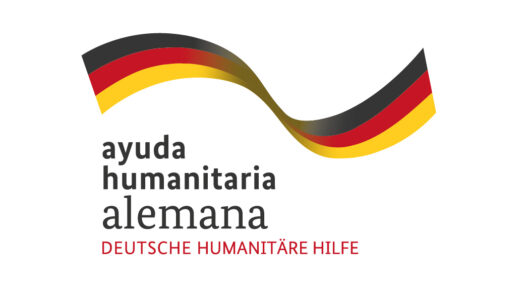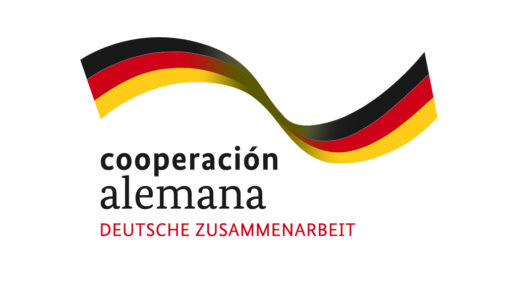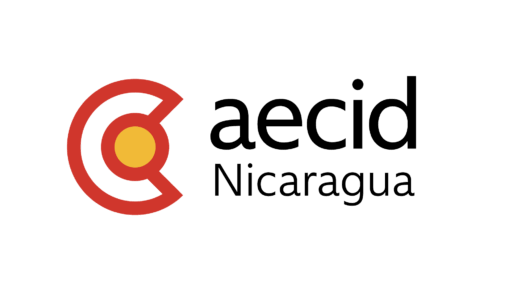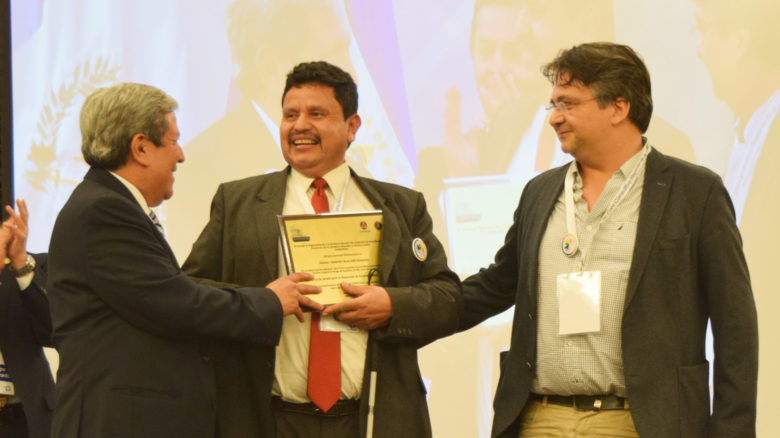
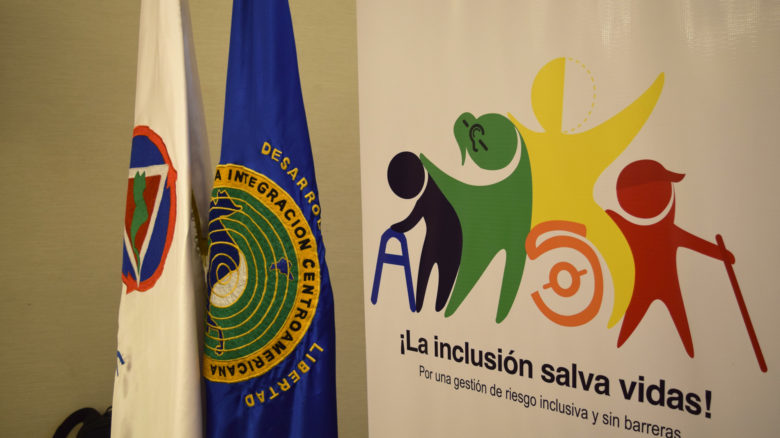
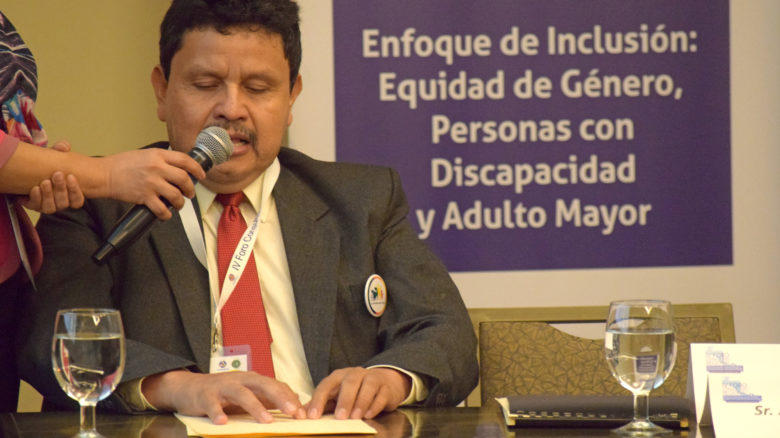
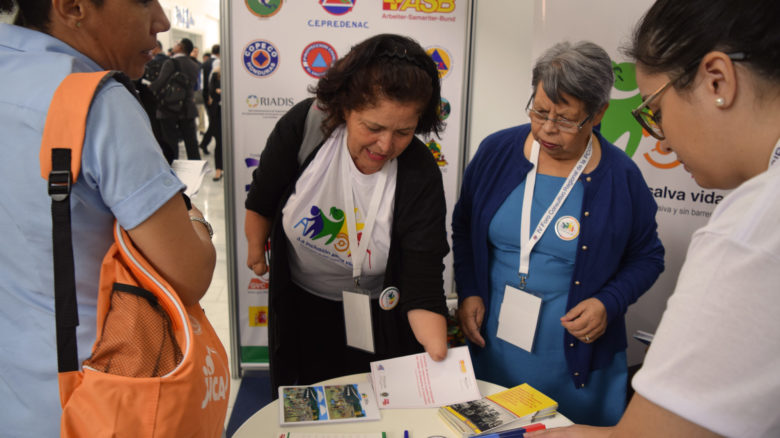
The Central American Policy on Integrated Disaster Risk Management (PCGIR) is now inclusive!
During the IV Consultative Forum, held on August 24 and 25, 2017 in Panama, the updated version of the PCGIR was presented.
The IV Consultative Forum brought together more than 300 key actors in risk management in the region, who organized in thematic tables, plenaries and other instances, and under the coordination of the Coordination Centre for the Prevention of Natural Disasters in Central America (CEPREDENAC) reviewed and discussed the proposal for updating the PCGIR resulting from the III. Consultative Forum.
As at the 3rd Consultative Forum, held in June 2015 in San Salvador, a delegation from ASB-RIADIS-HelpAge was present, advocating and actively contributing to the inclusion of people with disabilities and older adults in the PCGIR in line with the guidelines of the Sendai Framework for Action on Disaster Risk Reduction (2015-2030).
And we've done it! The updated version of the PCGIR incorporates universal inclusion and accessibility for persons with disabilities and older adults as inseparable elements of Integrated Risk Management, an aspect that was absent in the original PCGIR developed in 2010.
Inclusion now appears within the overall objective of the PCGIR and a new principle is added to it, the human rights-based approach, "to ensure that interventions are inclusive".
The updated version of the PCGIR states that risk management should be incorporated:
– Disaggregated data by sex, age and disability (and their types) facilitates risk management and the design of response plans that take into account the groups most at risk. Disaggregated data are also important in determining the specific needs of persons with disabilities following disasters.
– The principles of universal design should prevail in the different infrastructures of daily use and emergencies (such as temporary shelters) so that the risk is minimized and the opportunities and rights of all are equal before a possible evacuation.
– The participation of persons with disabilities, their families and their organizations. Only through participation in risk reduction processes and dialogue between disability and disaster actors can adequate conditions be created to prepare for disasters.
Inclusion saves lives!
Following the campaign slogan "Inclusion saves lives", the delegation of ASB-RIADIS-HelpAge, presented at the 4th consultative forum the imperative need for inclusive risk management,
Thanks to the campaign, it was possible to convey the importance of including people with disabilities and older adults in disaster risk reduction as a strategy that contributes to diminishing the levels of vulnerability to which they are exposed in disaster situations in the Central American region, through the visibility of inclusion mechanisms so that decision makers have information on how to include people with disabilities and older adults in their risk management plans and protocols.
As part of the campaign, Otto Mazariegos, the representative of the delegation and a blind person, highlighted during his presentation at the parallel session "Inclusive Approach: Gender, People with Disabilities and Older Adults" the following figures from the 2013 survey of 5717 persons with disabilities from 137 countries conducted by UNISDR (the UN agency specialized in disaster risk reduction), which reveals, among other things, the real difficulties for their evacuation and their lack of disaster preparedness.
- Only 20% of people with disabilities could evacuate immediately and without difficulty in a sudden disaster. Of the rest, the 6% they couldn't do it at all.
- The 13% of the persons with disabilities has no one to help them evacuate.
- The 72% of individuals with disabilities among respondents says they do not have a personal disaster preparedness plan.
- The 85% of these, did not participate in community-based disaster risk reduction processes.
Inclusion saves lives, but it also goes beyond that: it enhances the participation and dignity of people with disabilities and older adults.
Photo Gallery

